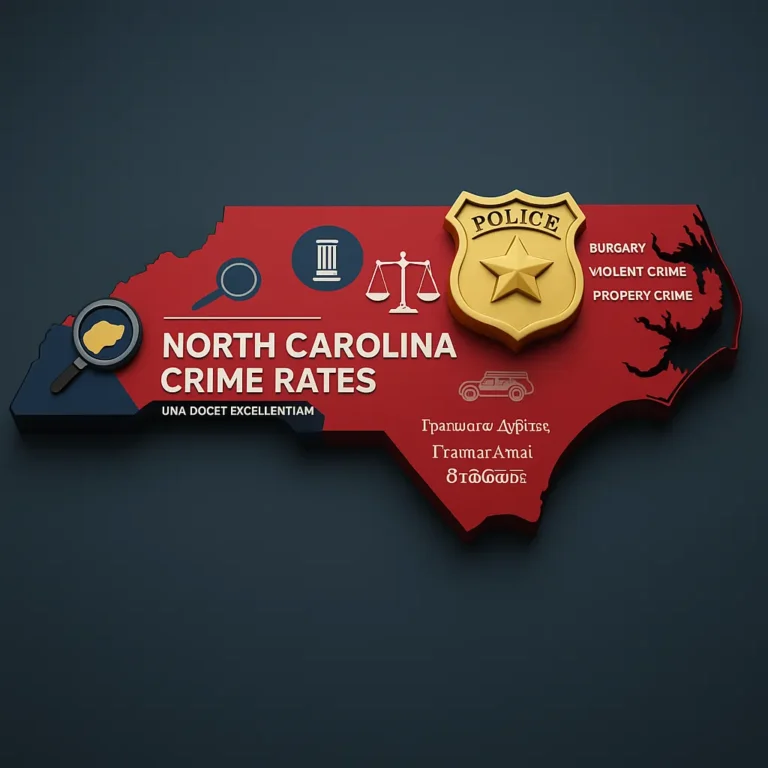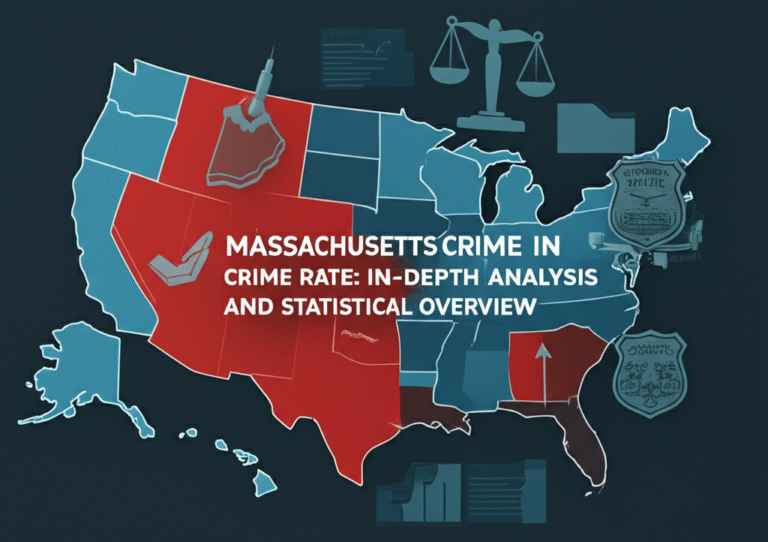Wisconsin Crime Rate: Comprehensive Analysis and City Crime Insights
Have you ever wondered how safe Wisconsin really is? Understanding the Wisconsin crime environment sheds light on the challenges faced by those working in law enforcement and the criminal justice system. This state, with its mix of urban centers and rural communities, deals with a variety of social issues and problem behavior that influence public safety. Exploring crime statistics helps us grasp how violence and other offenses impact everyday life in Wisconsin. At the same time, it invites us to reflect on the ways justice is served through legal action and the efforts of professionals in criminology and law. Dive deeper to uncover the layers beneath these numbers and how they relate to communities, policymaking, and safety programs.
- Wisconsin’s crime rate provides insight into the state’s public safety and criminal justice system.
- Crime data includes violent and property crimes, essential for understanding law enforcement challenges.
- This overview aids policymakers, researchers, and the public in assessing crime trends and prevention strategies.

Overview of Crime Types in Wisconsin
Wisconsin’s crime scene reveals an important division between violent crime and property crime. The state recorded a total of 88,986 crimes, with property offenses greatly outnumbering violent ones. Violent crime in Wisconsin includes serious offenses such as murder, robbery, assault, and rape. Meanwhile, property crime encompasses burglary, theft, and motor vehicle theft. Using the rate per 1,000 residents makes it easier to compare how widespread these crimes are within the state’s population. This classification reflects the variety of challenges faced by local public safety officials as they carry out legal action and preventive efforts.
- The state reported a total of 88,986 crimes, with property crimes vastly outnumbering violent crimes.
- Violent crimes include murder, rape, robbery, and assault, while property crimes cover burglary, theft, and motor vehicle theft.
- Crime rates per 1,000 residents provide an accessible metric for comparing crime prevalence.
| Crime Category | Total Cases Reported | Rate per 1,000 Residents |
|---|---|---|
| Total Crimes Reported | 88,986 | 15.05 |
| Violent Crime | 17,057 | 2.89 |
| Property Crime | 71,929 | 12.17 |
Detailed Violent Crime Statistics in Wisconsin
Violent crime in Wisconsin shows a distinct pattern where assault makes up the largest portion of offenses. Following that are robbery and rape, while murder cases are fewer but attract significant concern from the public and authorities alike. The risk of falling victim to a violent crime in this state is about one in 347 residents, a number that highlights the seriousness of these offenses.

Examining these crime statistics provides a clearer picture of the state’s violence landscape and helps officials direct resources effectively for prevention and legal aspects of death investigations. Understanding the nature and prevalence of sexual violence and other violent acts is essential for developing supportive community strategies to reduce this problem behavior.
- Assault represents the majority of violent crimes in the state, followed by robbery and rape.
- Murder cases are relatively low but receive significant public and legal attention.
- The chance of being a victim of violent crime in Wisconsin is approximately 1 in 347 residents.
| Violent Crime Type | Reported Cases | Rate per 1,000 Residents |
|---|---|---|
| Murder | 283 | 0.05 |
| Rape | 2,156 | 0.36 |
| Robbery | 2,285 | 0.39 |
| Assault | 12,333 | 2.09 |
Violent Crime Rates Compared to National Data
Comparing Wisconsin’s violent crime rates with national figures reveals notable safety differences. The state maintains a lower violent crime rate than the national median, signaling a generally safer environment. Specifically, Wisconsin’s murder rate sits slightly below the country’s numbers, and instances of robbery and assault are also significantly less common.
This useful comparison acts as a benchmark for state-level criminal justice policies and effectiveness of public safety measures. It offers insight into how local authorities perform against broader U.S. trends. You can explore more about such data and national comparisons through resources like the FBI’s UCR program for updated and detailed crime statistics.
- Wisconsin’s violent crime rate is lower than the national median, reflecting relatively safer conditions.
- While murder rates are slightly below national numbers, robbery and assault rates are notably lower.
- This comparison helps benchmark state law enforcement effectiveness and public safety policies.
| Crime Type | Wisconsin Rate | National Median Rate |
|---|---|---|
| Violent Crime | 2.89 | 4.0 |
| Murder | 0.05 | 0.06 |
| Rape | 0.36 | 0.38 |
| Robbery | 0.39 | 0.67 |
| Assault | 2.09 | 2.64 |
Property Crime in Wisconsin: Key Data and Insights
When examining property crime in Wisconsin, it becomes clear this category dominates most of the state’s criminal activity. The bulk of these incidents are thefts, which overshadow other property offenses like burglary and motor vehicle theft. The likelihood of experiencing property crime is about one in 82 residents.
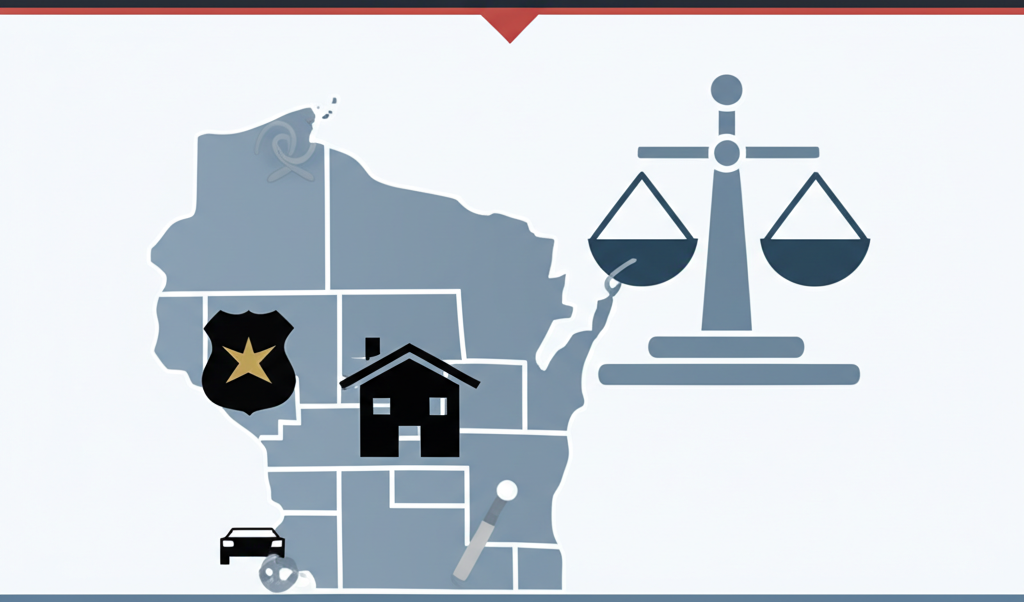
This relatively high chance signals the importance of robust security measures and community awareness. Law enforcement continues to prioritize tackling these crimes to uphold public safety and apply effective criminal law interventions. By understanding the proportions of each type, stakeholders can better target prevention and response strategies to diminish property-related offenses.
- Property crimes dominate Wisconsin’s crime landscape, with theft comprising the majority of cases.
- Burglary and motor vehicle theft contribute significant but smaller proportions of property offenses.
- The chance of property crime victimization in Wisconsin is roughly 1 in 82, emphasizing the need for continued prevention efforts.
| Property Crime Type | Reported Cases | Rate per 1,000 Residents |
|---|---|---|
| Burglary | 7,619 | 1.29 |
| Theft | 54,374 | 9.20 |
| Motor Vehicle Theft | 9,936 | 1.68 |
Comparing Wisconsin Property Crime Rates to National Medians
Looking at property crime through a national lens offers good news for Wisconsin. The state’s rates for burglary, theft, and motor vehicle theft are noticeably lower than the U.S. medians. This suggests stronger overall security and fewer incidents than many parts of the country. Specifically, theft rates are far below the national average, which contributes to Wisconsin’s positive reputation for community safety.
Such data backs the continuation of focused law enforcement efforts and community involvement to maintain these low levels and enhance public safety even further. For detailed statistics and ongoing trends, institutions like the Bureau of Justice Statistics are excellent sources.
- Wisconsin’s property crime rates are considerably lower than national medians, indicating relatively better property security.
- Theft rates in Wisconsin are substantially below the U.S. average, while burglary and motor vehicle theft also remain under national benchmarks.
- These statistics support targeted law enforcement and community safety initiatives.
| Property Crime Type | Wisconsin Rate | National Median Rate |
|---|---|---|
| Burglary | 1.29 | 2.51 |
| Theft | 9.20 | 13.47 |
| Motor Vehicle Theft | 1.68 | 3.19 |
Crime Density and Geographic Distribution in Wisconsin
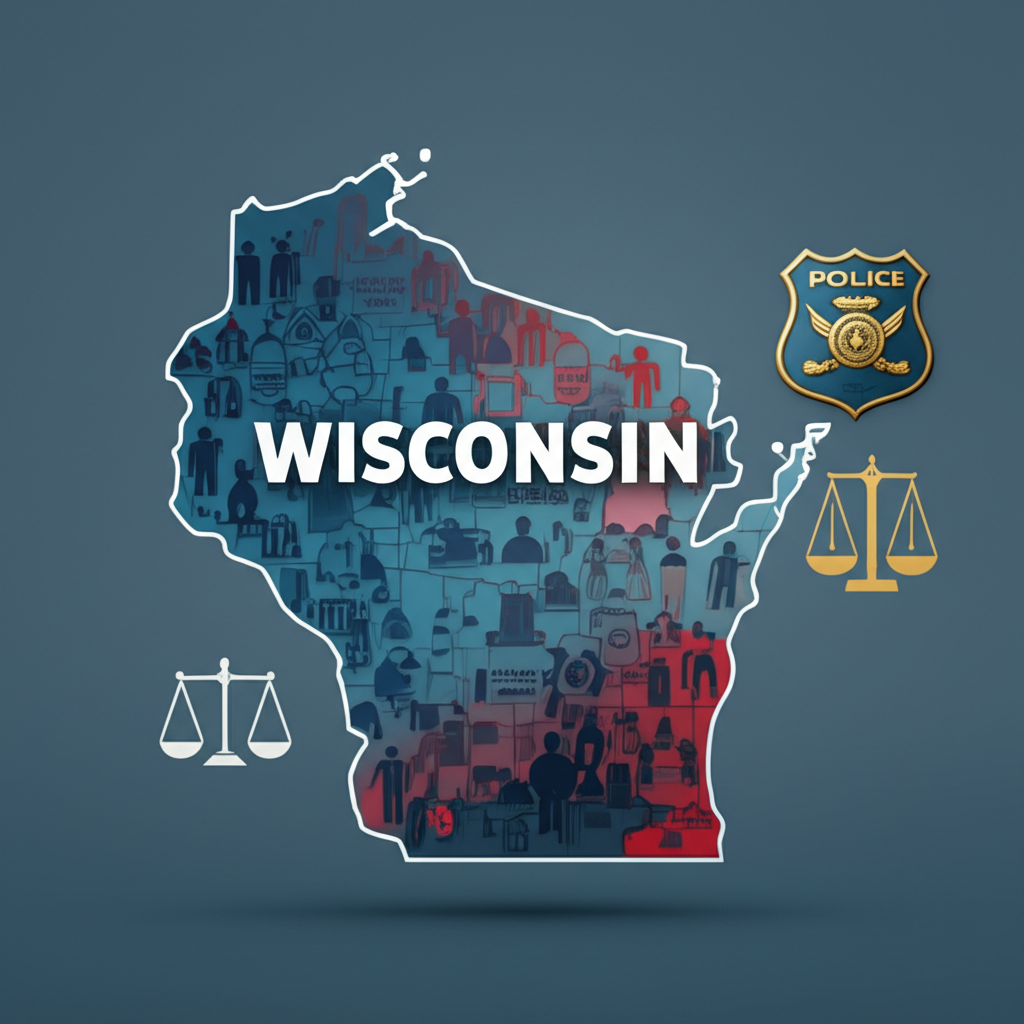
When considering crime density, or how many crimes occur per square mile, Wisconsin fares well. With about 14 crimes per square mile, it is significantly lower than the national median of 26.5. This difference is likely influenced by Wisconsin’s population spread and varying degrees of urbanization across the state. Knowing these figures is essential for designing intelligent strategies to deploy law enforcement personnel efficiently, ensuring public safety across both busy cities and rural areas. Understanding geographic crime patterns is a key part of modern criminology and helps align resources to where they are most needed.
- Wisconsin has a crime density of 14 crimes per square mile, significantly below the national median of 26.5.
- Lower crime density may reflect Wisconsin’s population distribution and regional urbanization patterns.
- Understanding crime density is crucial for effective allocation of law enforcement resources across the state.
| Location | Crimes per Square Mile |
|---|---|
| Wisconsin | 14 |
| National Median | 26.5 |
Top Safest Cities in Wisconsin
Some cities in Wisconsin shine as examples of low crime and high public safety. Leading the list is Gordon, followed by Springfield and Burnett. These places maintain significantly lower crime rates than other parts of the state, offering residents a safer environment. Such safety positively influences local community well-being and economic growth. It also reduces pressure on policing resources, allowing officers to focus more closely on areas with greater needs. These community safety successes offer hope and models for other cities working to improve through strong collaboration with social institutions.
- Gordon ranks as the safest city in Wisconsin, followed by Springfield and Burnett.
- These cities demonstrate lower crime rates and higher public safety standards, beneficial for residents and visitors.
- Safe cities contribute to community well-being, economic stability, and reduced law enforcement strain.
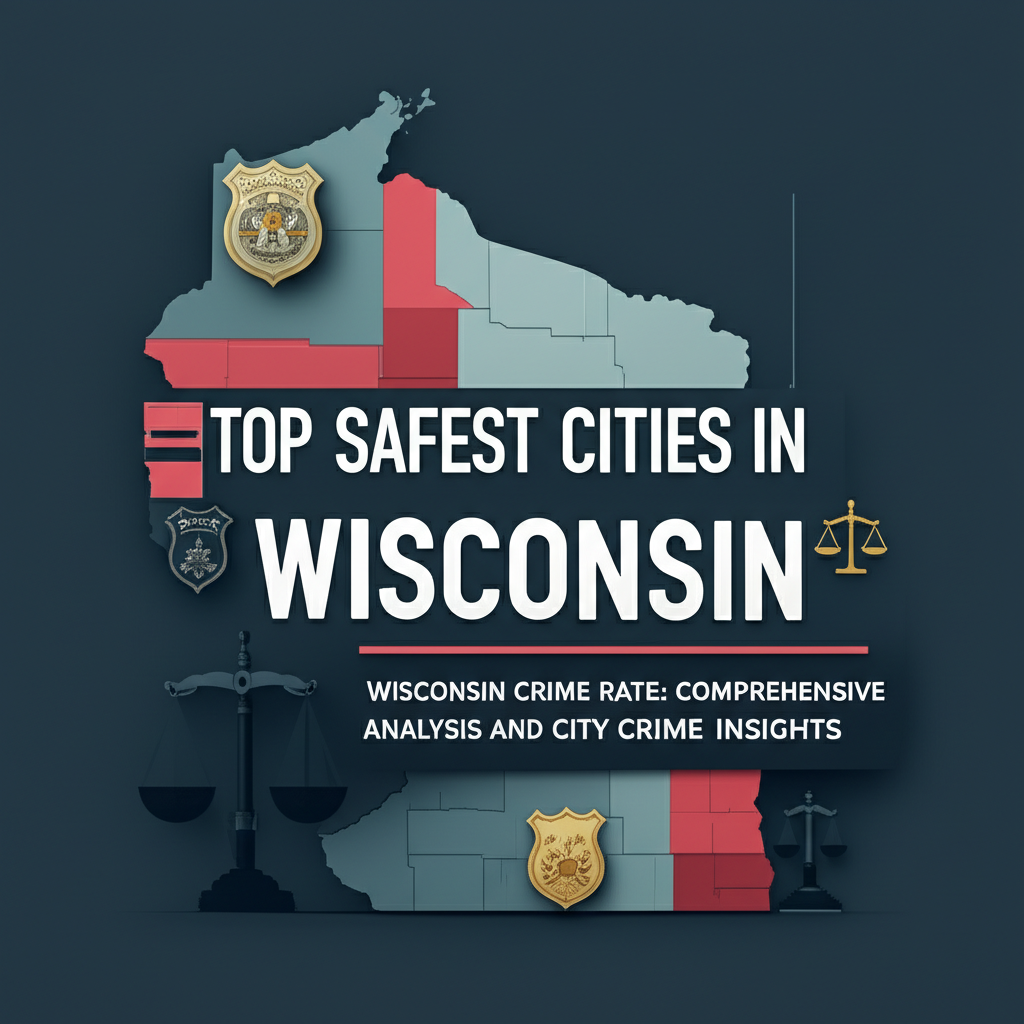
| Rank | City |
|---|---|
| 1 | Gordon |
| 2 | Springfield |
| 3 | Burnett |
| 4 | Pine River |
| 5 | Weyerhaeuser |
| 6 | Sheldon |
| 7 | Big Falls |
| 8 | Sextonville |
| 9 | Ridgeland |
| 10 | Stone Lake |
Popular Cities in Wisconsin and Crime Awareness

Cities like Milwaukee, Madison, and Green Bay attract much attention due to their size and importance. While specific crime rates by these popular cities are not detailed here, they stand at the forefront of regional law enforcement and social research. These urban centers are often the focus of initiatives involving demographics organizations to analyze and address issues related to crime and public safety. Residents and stakeholders benefit greatly from staying informed about local crime trends, as this awareness encourages active participation in prevention programs and civic efforts to maintain safer neighborhoods.
- Data on crime rates by popular cities like Milwaukee, Madison, and Green Bay is essential for public awareness.
- Though specific crime data is not detailed here, these cities are focal points for law enforcement and community safety programs.
- Residents and stakeholders benefit from understanding urban crime dynamics to participate in preventive measures.
| City | Crime Data Availability |
|---|---|
| Appleton | [city_crime_row city=”Appleton” state=”Wisconsin”] |
| Eau Claire | [city_crime_row city=”Eau Claire” state=”Wisconsin”] |
| Fond du Lac | [city_crime_row city=”Fond du Lac” state=”Wisconsin”] |
| Green Bay | [city_crime_row city=”Green Bay” state=”Wisconsin”] |
| Janesville | [city_crime_row city=”Janesville” state=”Wisconsin”] |
| Kenosha | [city_crime_row city=”Kenosha” state=”Wisconsin”] |
| La Crosse | [city_crime_row city=”La Crosse” state=”Wisconsin”] |
| Madison | [city_crime_row city=”Madison” state=”Wisconsin”] |
| Milwaukee | [city_crime_row city=”Milwaukee” state=”Wisconsin”] |
| Oshkosh | [city_crime_row city=”Oshkosh” state=”Wisconsin”] |
| Racine | [city_crime_row city=”Racine” state=”Wisconsin”] |
| Sheboygan | [city_crime_row city=”Sheboygan” state=”Wisconsin”] |
| Waukesha | [city_crime_row city=”Waukesha” state=”Wisconsin”] |
| Wauwatosa | [city_crime_row city=”Wauwatosa” state=”Wisconsin”] |
| West Allis | [city_crime_row city=”West Allis” state=”Wisconsin”] |
Data Collection Methods and Crime Reporting in Wisconsin
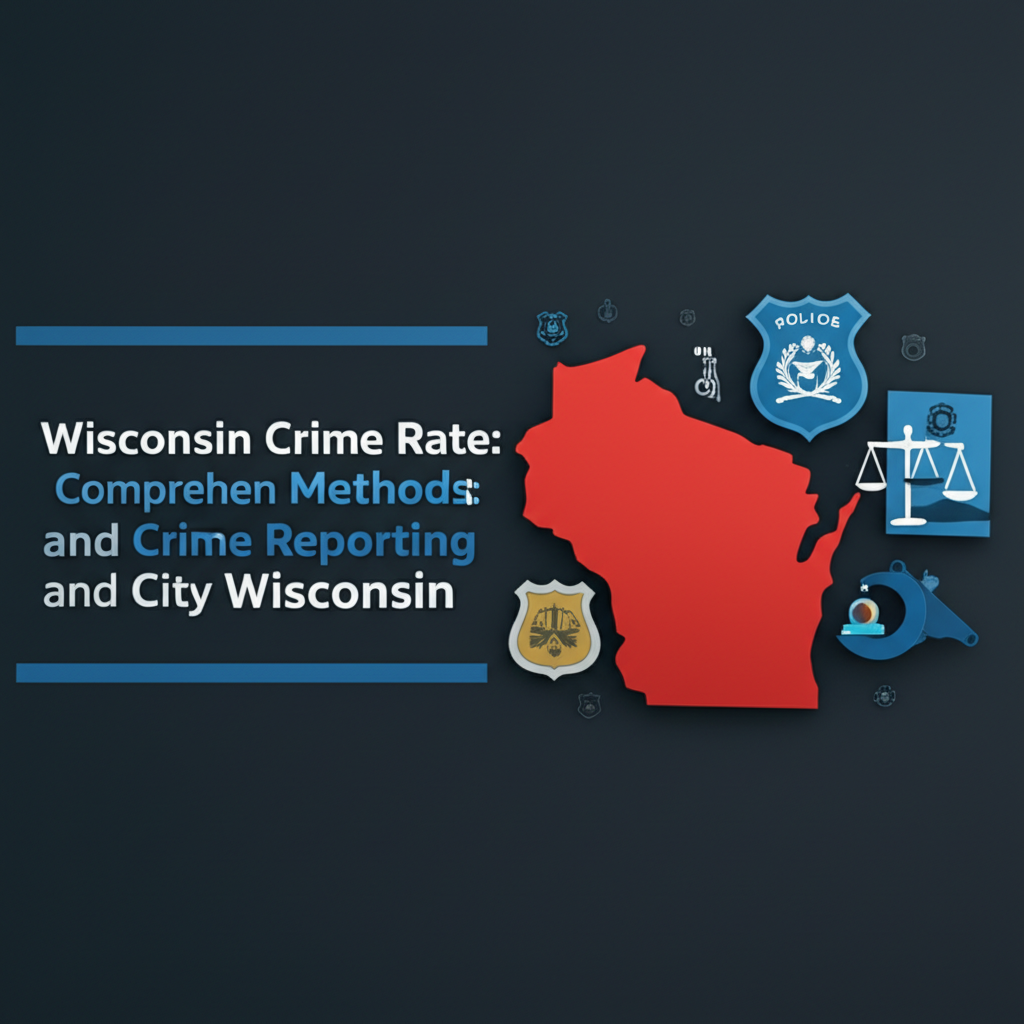
Reliable crime data depends on strong methods and careful reporting. Wisconsin’s statistics come from around 18,000 local law enforcement agencies nationwide. This large network ensures extensive coverage and accurate reflection of actual crime occurrences. Data is updated annually with careful data methodology that includes analyzing millions of reported crimes and geographical details.
This process uses official statistics paired with advanced meta-analysis techniques to correct for errors or missing reports. By combining information across the country, experts in criminology gain a more complete understanding of trends and patterns. For those interested in exploring crime data in more depth, the Bureau of Justice Statistics offers valuable resources and detailed reports.
- Crime data is collected from a network of approximately 18,000 local law enforcement agencies nationwide.
- Annual updates and extensive meta-analysis ensure data accuracy and comprehensive coverage.
- This methodology includes analyzing millions of reported crimes with geographic information for deeper criminological insights.
Conclusion: Understanding Wisconsin’s Crime Landscape
In wrapping up our comprehensive analysis of Wisconsin’s crime rate, it’s clear that both violent and property crimes present distinct challenges across the state. While violent crimes such as assault, robbery, and murder capture significant attention, property crimes like theft and burglary dominate the crime statistics. Wisconsin’s efforts in law enforcement and criminal justice are evident in its lower-than-average crime rates compared to national figures. This underscores the importance of continued focus on public safety, social issues, and the effective application of criminal law to maintain and improve these trends.
Key Takeaways from Wisconsin’s Crime Data
The data reveals that Wisconsin’s crime density is notably lower than the national median, highlighting the state’s relative safety. Cities like Gordon, Springfield, and Burnett stand out for their low crime rates, serving as models for community safety. Meanwhile, urban centers such as Milwaukee and Madison remain focal points for crime awareness and prevention efforts. The collection and analysis of crime data, involving thousands of law enforcement agencies, play a crucial role in understanding and addressing crime trends. This ongoing process supports the development of targeted strategies to enhance public safety and reduce crime across Wisconsin.
